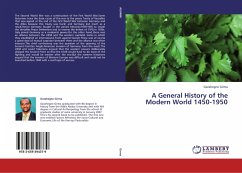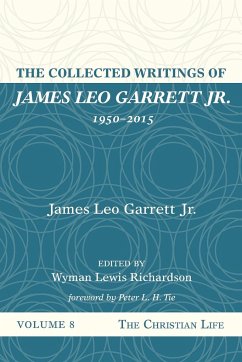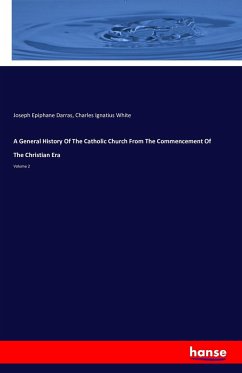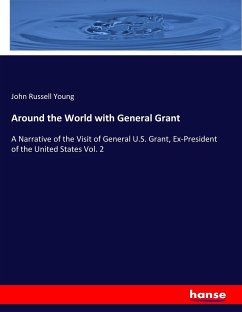The Second World War was a continuation of the First World War.Some historians trace the basic cause of this war to the peace Treaty of Versailles that was signed at the end of the First World War between Germany and the Allies because this treaty was harsh and Germany lost much as a result.Hence Germany fought in the period between1939-1945 to smash the Versailles Peace Settlement and to reverse the defeat of 1918.In 1930s, Italy joined Germany as a revisionist power.On the other hand,there was an alliance between the USSR and the western capitalist states in which they established an international front against fascism.There was of course a great deal of mutual suspicion between them and the alliance was often insecure.The chief controversy was the question of the opening of the Second Front(an Anglo-American invasion of Germany from the west).The USSR and soviet historians argued that the western powers deliberately delayed the Second Front so that the USSR would have to do most of the fighting and would be weaker after the war.But the western historians argued that the invasion of Western Europe was difficult and could not be launched before 1944 with a real hope of success.
Bitte wählen Sie Ihr Anliegen aus.
Rechnungen
Retourenschein anfordern
Bestellstatus
Storno








